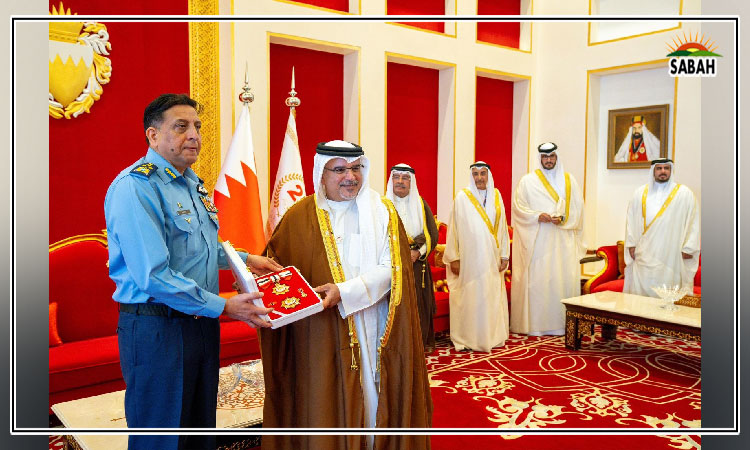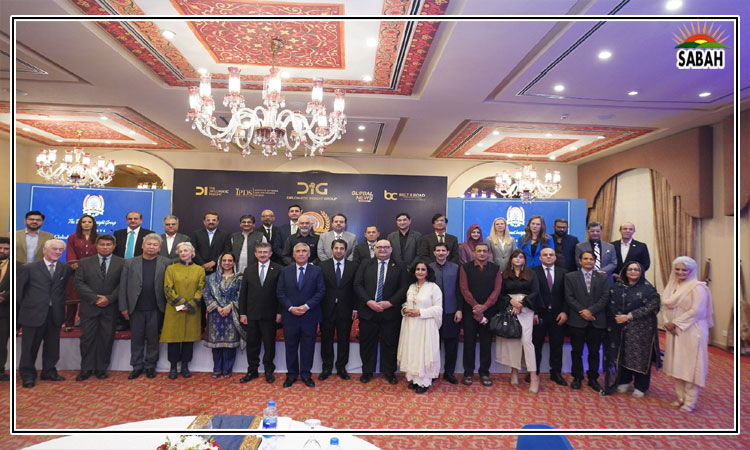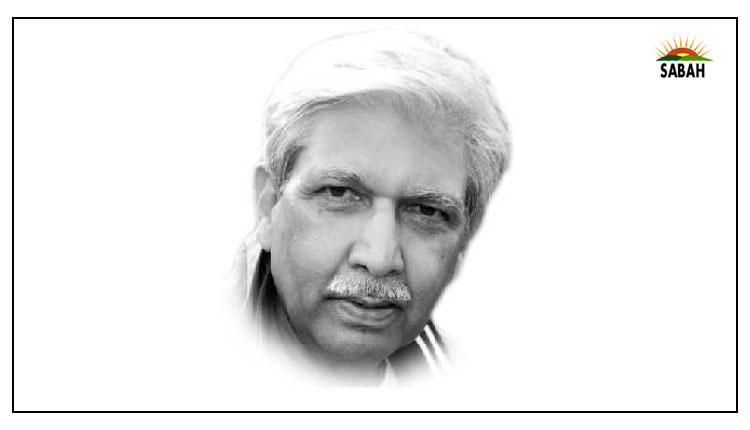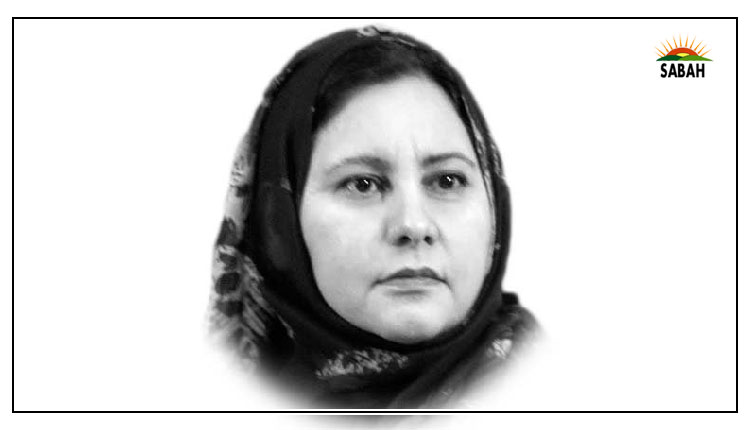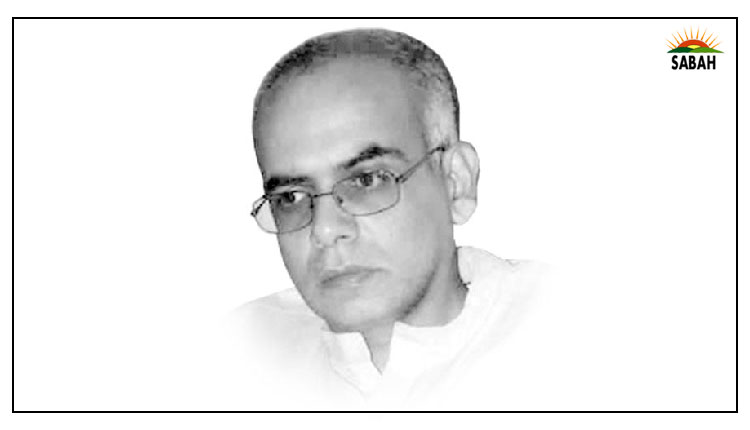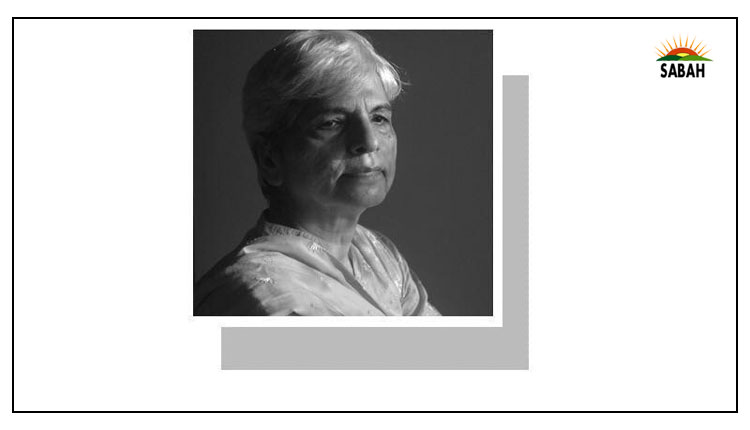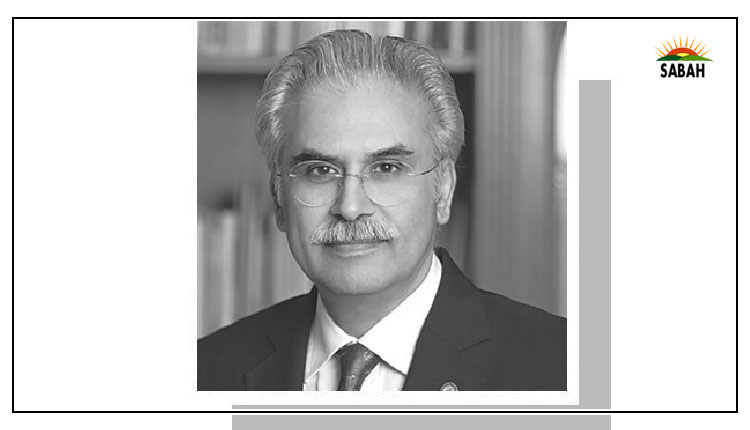New provinces?…Umair Javed
A PROPOSAL to create new provinces grabbed headlines in mid-April, as former finance minister Miftah Ismail and several others advocated for converting existing administrative divisions to provinces. If implemented, this would create 38 provinces out of the current four.
The idea itself is not new, having been suggested by several others at various points, most notably by Imran Khan in September last year. The logic given is reasonably straightforward: geographic scale and population pressures make governing large provinces very difficult. If one agrees that decision-making and ensuring delivery of basic services is better served by being geographically closer to citizens, then making new provinces helps achieve that goal.
At current population numbers, an independent Punjab would be the 12th, Sindh the 29th, and KP the 39th most populous country in the world.
With these numbers, it makes sense why the status quo is unwieldy and contributes to large internal differences in quality of services like health and education. The most developed districts in Punjab, for example, have human development numbers that resemble middle-income countries, while the poorest districts diverge sharply in the other direction.
We can call this the developmental or administrative reason for new provinces. It is compelling, but, arguably, only in a vacuum. A proposal to create new provinces is ultimately a political proposal. It seeks to change how people engage with the state, proposes changes to existing boundaries and legal jurisdictions, and, if successful, will lead to far-reaching changes in the way that legislatures (such as the Senate) will function. Development and giving effective welfare to citizens is a large part of politics, but it is not the only aspect to it. Politics is also about the representation of cultures and ideas.
The crux here is the relationship between ethnicity, provincial boundaries and politics. While Pakistans main language groups have histories going back many centuries, the provinces in their current shape are relatively modern creations. They are administrative entities created through colonial rule either directly (KP and Sindh) or indirectly, through the impact of partition and independence (Punjab and Balochistan). Since independence, the governing structure and laws determining the lives of most people living in them have not changed drastically. This continuity ensures the role of the province as the main arena of politics.
Under the British, the most prominent type of politics that allowed for even limited public participation was at the provincial level. Language and religious conflicts played themselves out through provincial elections, ultimately contributing towards partition and independent statehood.
Post-independence, the provinces status as an arena of politics continued and ethnicity (due to provincial boundaries overlapping with linguistic communities) increasingly became the main currency of that politics. For better or worse, province-based ethnic politics became synonymous with democratic politics and acted as an opposing force to centralisation under various forms of authoritarian rule. The outcome of this conflict eventually led to the type of federalism that undergirds Pakistans Constitution.
Pakistans current Constitution is thus largely the product of centre-province conflicts from the early 1900s till 1971. It upholds administrative and developmental rights, further granted through the 18th Amendment, but also cultural rights through the definition of provincial boundaries, linguistic rights, and quotas. In other words, popular culture and popular grievances find their legal representation through the Constitution. This representation is then reinforced or contested through mass politics. Political parties campaign on linguistic and ethnic grounds in provinces in an attempt to protect or expand what the central state offers.
A cynical take on this is that political parties manipulate peoples beliefs and identities to seek power for a small set of upper-class leaders. A more benign take is that political parties are channels for peoples cultural beliefs and ideas, especially when beliefs and ethnic identities correlate with inequality and injustice. Either way, the status quo of having just four provinces is not merely a product of a century-long administrative inertia but also the product of active language and cultural politics.
What does this mean for large-scale changes to existing provinces? In simple terms, new provinces should not be willed into existence just on administrative and developmental grounds. Rather, the creation of new provinces should also accurately reflect peoples ideas about political boundaries, the form of the state, and how they are tied to their cultural and symbolic representation.
The only way to gauge peoples ideas on these issues is through the popular vote. The only link between peoples ideas and the popular vote is a political party. If a political party campaigns against the breakup of a province, citing loss of cultural representation, and wins, this should not be suppressed because the developmental case for new provinces is deemed more intellectually compelling.
Does this mean that more provinces are not possible in the future? There are fleeting indications that the currency of politics is changing. The conflicts that shaped politics and law between the partition of Bengal in 1905 to the secession of Bengal in 1971 are still present, though more muted with generational change. Post-ethnic identities of various forms continue to evolve. In some places, they make take the form of civic identification (as, for example, in Karachi), and in other places a more aggressive national identity, or what we colloquially call Pakistaniat.
It is conceivable that provincial identities weaken as peoples ideas about their culture, and what it is represented by, changes.
It is also conceivable that a party with an administrative proposal to create 38 provinces wins a popular mandate for it at some point down the line. But regardless of its current intellectual merit, we are likely not there yet. A more palatable path forward in the present is to push for greater devolution through local governments within the four existing provinces.
Courtesy Dawn



